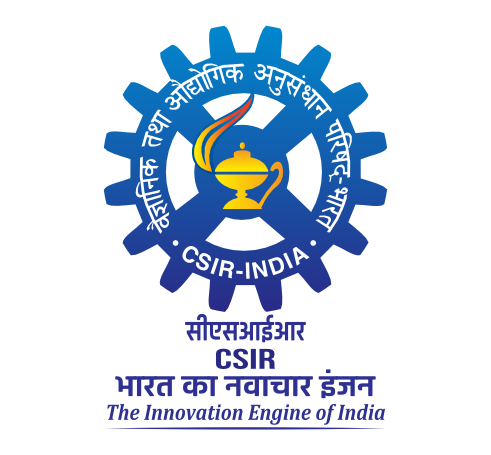Development of a mass transfer model for water transport in liquid foods applications through asymmetric dense cellulose triacetate forward osmosis membrane
Das, Trishitman (2025) Development of a mass transfer model for water transport in liquid foods applications through asymmetric dense cellulose triacetate forward osmosis membrane. Journal of Next Research, 2. pp. 1-10.
|
PDF
1-s2.0-S3050475925001927-main.pdf - Published Version Restricted to Registered users only Download (2MB) | Request a copy |
Abstract
Forward osmosis (FO) is an osmotically driven innovative membrane process for elimination of water from thinned aqueous food solutions: fruit juices or natural colorants, while retaining the nutritional and organoleptic properties. There are consequence of several process conditions such as flow rate, and concentration of input and osmotic agent solution on the transmembrane flux. The negative effects of internal concentration polarization (ICP) within the porous support layer, external concentration polarization (ECP) in the input solution affects the mass transfer of water during the liquid food concentration process. The input and osmotic agent solution input stream rate was secure at 150 mL min-1 and conforming velocities were 6.75 × 10–2 and 5.63 × 10–3 ms-1 , re- spectively. Experiments were conducted using a highly soluble salt sodium chloride (NaCl) as the osmotic agent solution (OAS) and a cellulose triacetate membrane specifically designed for FO process. The model developed uses parameters such as the structural parameter (S), the water and solute permeability coefficients (A and B, respectively) of FO membranes. The input solution and osmotic agent solution side mass transfer resistances were used to establish a corelation to develop classical empirical model. The type of mass transfer mechanism was established considering the reverse osmotic agent flux. The transmembrane flux crosswise the membrane all through the process was predicted by water as input medium and compared with practical values. The mea- sured values of mass transfer coefficient were 0.0033, 0.0032 and 0.0028 m3 m-2 h-1 for osmotic agent solution concentration of 2, 4, and 6 M NaCl solution. The developed model’s predictions (transmembrane flux) were compared with real system values. A strong correlation (i.e., high R2 values of 0.99) was observed between the model predictions and the experimental results.
| Item Type: | Article |
|---|---|
| Uncontrolled Keywords: | Mass transfer coefficient, Structural parameter, Empirical model, Liquid foods, Solute diffusion |
| Subjects: | 600 Technology > 08 Food technology > 18 Processed foods 600 Technology > 08 Food technology > 05 Processing and Engineering |
| Divisions: | Food Engineering |
| Depositing User: | Somashekar K S |
| Date Deposited: | 24 Jun 2025 10:52 |
| Last Modified: | 24 Jun 2025 10:52 |
| URI: | http://ir.cftri.res.in/id/eprint/19583 |
Actions (login required)
 |
View Item |

